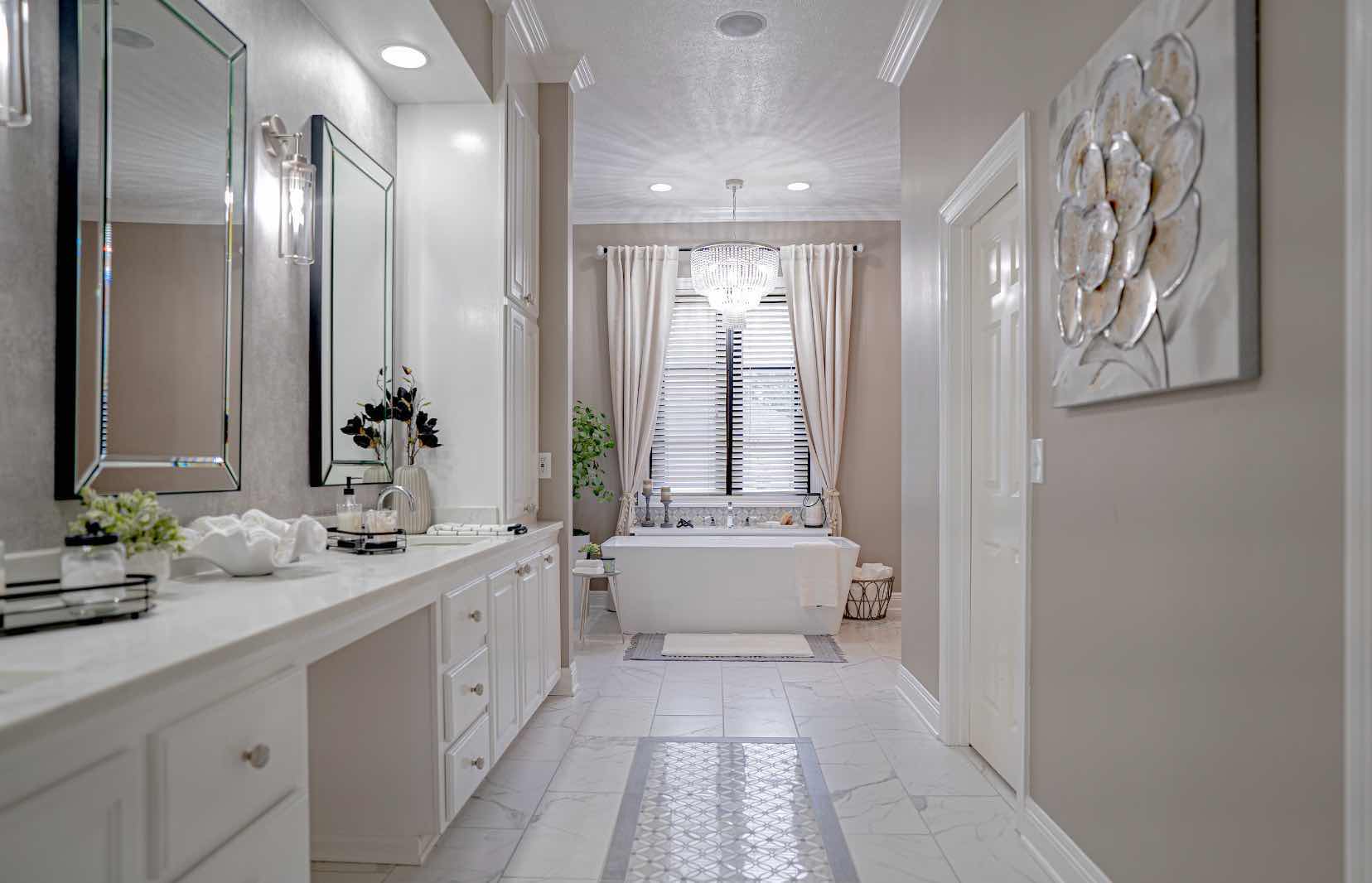
20 Sep Breathing Easy: Unveiling the Link Between Water Damage and Indoor Air Quality
In the hustle and bustle of daily life, the quality of the air we breathe inside our homes often takes a backseat. However, the profound implications that indoor air quality can have on our well-being are not to be ignored, especially when it comes to the interplay with water damage. Water damage, a prevalent issue in many households, can stealthily wreak havoc on your indoor air environment, compromising the health of your family. In this blog, we will navigate through the lesser-discussed realms of how water damage can impair your home’s air quality, unveiling some novel insights and advice.
The Silent Emergence of Volatile Organic Compounds (VOCs)
Water damage often brings along a series of uninvited guests, one of them being the emission of Volatile Organic Compounds (VOCs) from damp materials. These VOCs can emanate from a variety of sources such as paint, varnishes, or even cleaning agents that have been compromised by water. Being cognizant of potential VOC sources and ensuring proper ventilation can be a pivotal step in safeguarding your indoor air quality post water damage.
Water Damage and Its Role in Compromising Building Materials
The implications of water damage often go beyond mere mold and mildew growth. It can cause substantial degradation in building materials like gypsum board, insulation, and wooden structures. This degradation not only weakens the infrastructure but can also release particles into the air, which may become respiratory irritants. Regular checks and timely rehabilitation of water-damaged areas can prevent the degradation of materials and maintain indoor air quality.
Increased Pollen Infiltration: A Lesser Known Consequence
Water damage can potentially compromise the sealing of your home, making it more susceptible to pollen infiltration, especially during high pollen seasons. This influx of pollen can be a significant detractor of indoor air quality, triggering allergies and respiratory issues. Enhancing home sealing and considering the integration of air purifiers can be beneficial strategies in this scenario.
Harnessing Technology: Smart Humidity Monitors
In the modern age, leveraging technology can be a decisive factor in maintaining optimal indoor air quality. Installing smart humidity monitors can help in keeping a tab on the humidity levels in your home, alerting you of any unusual spikes which might indicate water damage, thus allowing you to take timely preventive measures to safeguard your air quality.
Conclusion
Water damage, often perceived as a structural issue, can quietly cast a shadow on your home’s indoor air quality. Being vigilant about potential water damage and its repercussions on air quality can be your first line of defense in fostering a healthy indoor environment. From understanding the implications of VOCs to safeguarding your home against pollen infiltration, embracing a multi-faceted approach can be the key. Moreover, technology stands as a reliable ally in your quest for pristine indoor air quality. As we unravel the nuanced ways in which water damage interacts with air quality, let us pledge to create homes that breathe health and well-being, nurturing families in the truest sense.

